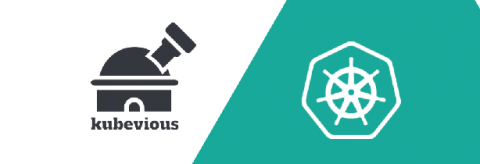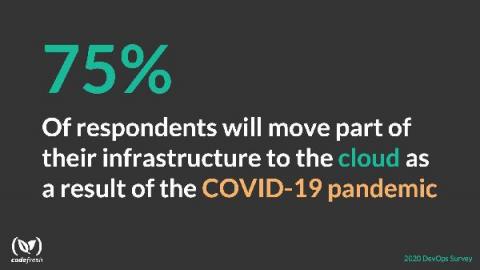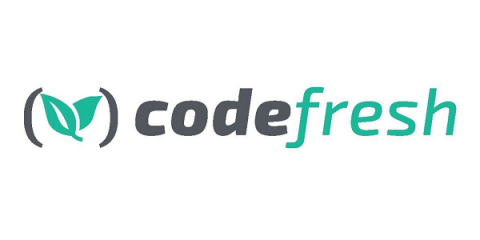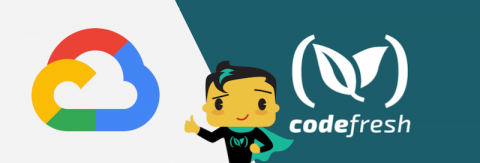What The Heck Is Continuous Integration (CI), Delivery (CD), And Deployment (CDP)?
CI and CD tools are popular for a good reason. They help us automate the application lifecycle, fully or partially. However, the problem is that, in some cases, we are moving away from the core principles behind the CI and CD processes. Products on the market tend to “bend” the definitions of what CI and CD are so that their products can get “yet another sticker”. This is an attempt to bring sanity into the insane situation in which everything and nothing are CI and CD.










